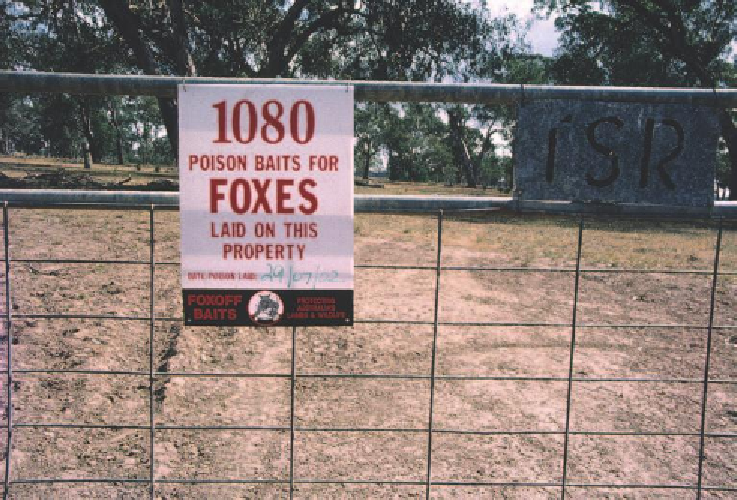Biology Reference
In-Depth Information
Finally, the total amount of native vegetation cover in a landscape or region can
have an important influence on the occurrence of some species of animals in
temperate woodland environments. Effective conservation requires balancing
different kinds of actions across different scales in a complementary manner.
Therefore, actions like establishing plantings, fencing individual remnants, and
promoting natural regeneration of trees within paddocks need to be complemented
by strategies at larger landscape scales that are designed to increase the total extent
of native vegetation on farms
1
and in landscapes.
19
Scientific research has documented relationships between the bird
communities and the vegetation cover of agricultural landscapes.
8, 20
Landscapes
that include both remnants and plantings (with shrubs and understorey plants)
support more diverse assemblages of birds, particularly small-bodied woodland
birds. In landscapes with a more simplified cover of native vegetation, these birds
decline and larger-bodied species (such as the Noisy
Miner, Galah and Australian Magpie) tend to dominate.
These findings are consistent with the findings of the
work on the importance for native birds of understorey
vegetation in remnants
18
(see Chapter 2) and in
plantings
21
(Chapter 3).
Some kinds of
management are best
co-ordinated across sets
of farms. Fox baiting is a
good example
Figure 7.6:
Fox baiting is a key farm management practice that is most effective if coordinated across many
farms. (Photo by David Lindenmayer)

